
Bark of Prunus americana (Copyright W. Cook)

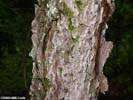
Bark of Prunus americana (Copyright W. Cook)
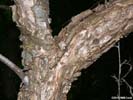
Bark of Prunus americana (Copyright W. Cook)
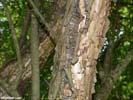
Bark of Prunus americana (Copyright W. Cook)

Bark of Prunus americana (Copyright W. Cook)
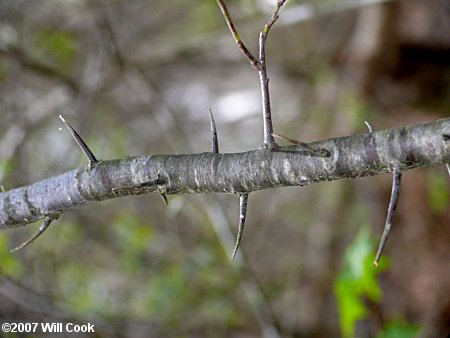
Branch of Prunus americana (Copyright W. Cook)


Twig of Prunus americana (Copyright W. Cook)
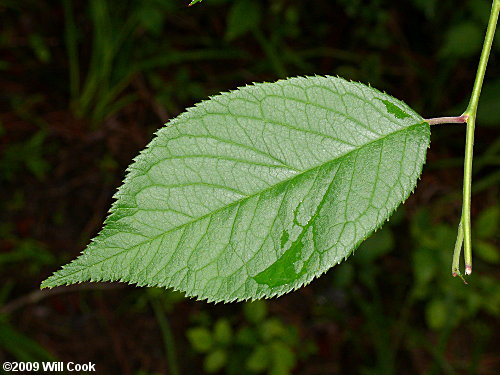
Leaf of Prunus americana (Copyright W. Cook)

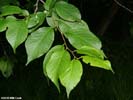
Leaves of Prunus americana (Copyright W. Cook)
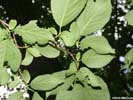
Leaf undersides of Prunus americana (Copyright W. Cook)
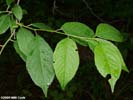
Leaves of Prunus americana (Copyright W. Cook)

Leaf undersides of Prunus americana (Copyright W. Cook)
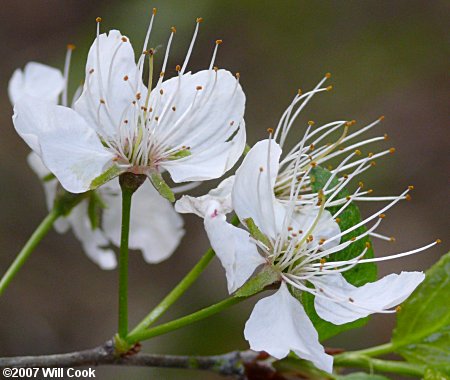
Flowers of Prunus americana (Copyright W. Cook)

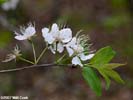
Flowers of Prunus americana (Copyright W. Cook)
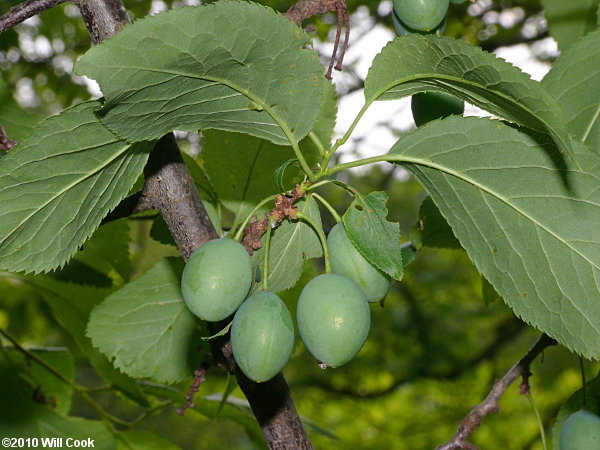
Drupes of Prunus americana (Copyright W. Cook)

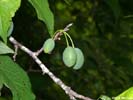
Drupes of Prunus americana (Copyright W. Cook)
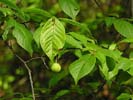
Drupe of Prunus americana (Copyright W. Cook)
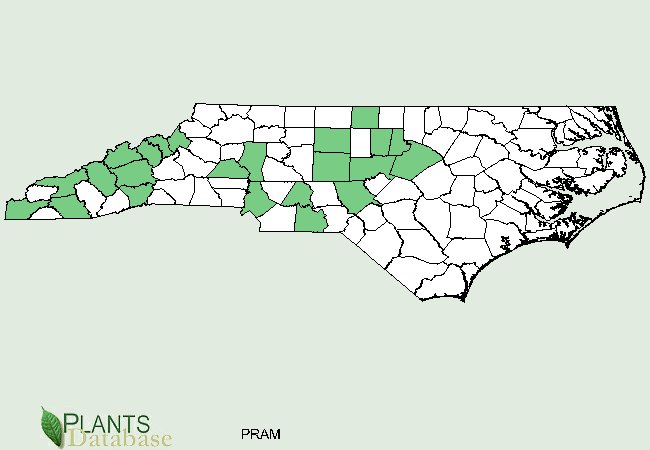
N.C. distribution of Prunus americana

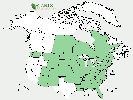
U.S. distribution of Prunus americana
Prunus americana (American wild plum)
(Common; upland forests, bottomland forests, fencerows; Mt, Pd, CP; Fl: Mar-Apr, Fr: Jul-Aug)
















